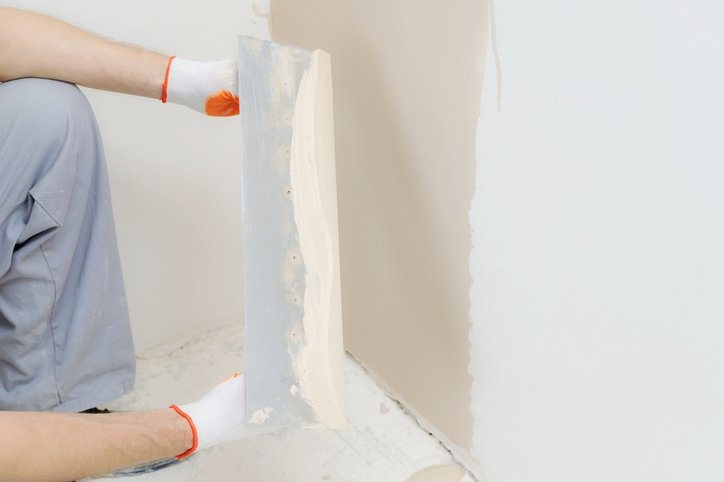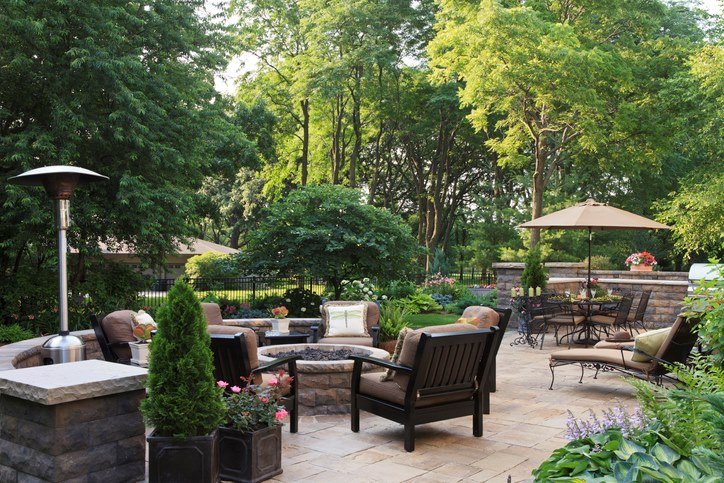Table of Contents Show
Upon considering stucco siding for your home, it’s essential to weigh the pros and cons of this popular exterior finish.
While there are many advantages to the increasingly popular siding Here’s a look at some of the key considerations:

Pros
- Stucco is very durable and can last for many years with proper care.
- It’s low maintenance, meaning it doesn’t require painting or other regular upkeep.
- Stucco provides excellent insulation against both heat and cold, making it energy-efficient.
- This type of siding can add value to your home if you ever sell it.
- Stucco has a classic look that can enhance the curb appeal of any property.
Cons
- Stucco can be more expensive than other siding materials.
- It can be difficult to repair if it’s damaged.
- Some people find stucco to be too heavy for their taste.
- The color of stucco can fade over time if it’s not properly protected from the sun.
- Installation is a bit more complicated than other types of siding, so it’s best to hire a professional contractor for the job.
Read Also:
How to Install Stucco Siding
- Start by preparing the surface of your home for the new siding. This includes removing any old siding and repairing any damage to the underlying structure.
- Once the surface is prepped, you’ll need to install a water-resistant barrier and metal lath on top of it.
- The next step is to apply the stucco mix itself. This can be done by hand or with a machine, depending on your preference.
- After the stucco painting has been applied, it needs to be troweled smooth and left to cure for at least 24 hours.
- Finally, you can add any desired finishing touches, such as color or texture treatments.
Stucco vs. Other Siding Materials
When comparing stucco to other siding materials, it’s important to keep your specific needs and preferences in mind. Here’s a quick overview of how stucco stacks up against some common alternatives:
Wood Siding
Wood siding is a classic choice that can give your home a traditional look. It’s also relatively inexpensive and easy to install. However, wood is not as durable as stucco and will require more maintenance over time.
Vinyl Siding
Vinyl siding is another popular option for homeowners. It’s very durable and low-maintenance and can be installed quickly and easily. However, vinyl siding is not as energy-efficient as stucco and may not add as much value to your home.
Brick Siding
Brick siding is another classic option that can give your home a classic look. It’s also very durable and easy to maintain. However, like wood siding, brick is not as energy-efficient as stucco and can be more expensive.
How to Maintain Stucco Siding
Stucco is a durable material that can last for many years, but it does require some care and maintenance to keep it looking its best. Here are some tips for taking care of your stucco siding:
- Inspect your stucco regularly for any cracks or damage.
- Repair any damage as soon as possible to prevent further deterioration.
- Clean your stucco regularly with a soft brush and soapy water.
- Avoid using pressure washers or other harsh cleaning methods, as these can damage the surface of the stucco.
- Paint or seal your stucco every few years to protect it from the elements and keep it looking fresh.
- If you live in an area with severe weather conditions, you may need to take additional steps to protect your stucco siding.
- How it benefits homeowners
- Stucco is a very durable material that can last for many years.
- It’s low maintenance, meaning it doesn’t require painting or other regular upkeep.
Overall, stucco siding is a great choice for many homeowners because of its durability, low maintenance, and classic look.
However, it’s important to keep in mind that it can be more expensive than other siding materials, and installation can be tricky. If you’re still unsure, it’s best to consult with a professional contractor to get their expert opinion.









